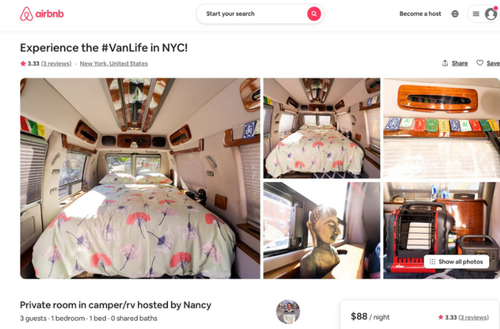The Democrats’ $3.5 trillion social-engineering bill pushed by President Biden and Nancy Pelosi is called Build Back Better. It should be called Building a Political Scam.
Buried in the 2,465 pages are numerous billion-dollar grants to unnamed community organizations for vague purposes like promoting “community engagement,” providing “support and advice,” and “creating equitable civic infrastructure.”
Translation: Your taxpayer dollars will fund the payrolls of left-wing advocacy groups between elections. In return, they become the campaign army staffing phone banks, harvesting ballots, and escorting people to the polls on Election Day.
The Build Back Better bill is pouring tens of billions of dollars — an unprecedented amount — into community organizations. That’s because congressional Democrats failed to ram through the two voting bills — HR 1 and HR 4 — that would change election rules to favor their party. Build Back Better is the party’s best shot at gaining an electoral advantage.
The bill not only bankrolls nonprofit community organizations, it also enhances their clout by allowing them to hand out billions of dollars in seed money for local business startups.
In a new twist, the Small Business Administration is distributing huge sums to nonprofits that will serve as “incubators,” disbursing funding to startup businesses in “underserved” areas. Curiously the SBA already has regional offices across the US to help startups, and could distribute the funds itself. But instead, it is empowering nonprofits by making them the middlemen.

From an economic point of view, it’s taxpayer money down a rathole. Clearly the goal is political. It’s vote buying.
All in all, nonprofits are eligible for as much as $90 billion to support their own activities or disseminate to pals under this bill, almost equivalent to the entire budget of the state of Florida.
Historically, political machines that doled out benefits in exchange for votes were local, as in 19th century Boston, New York, and Kansas City. “All there is to it,” explained Kansas City boss James Pendergast, is “doing things for people, then later on they’ll do things for you.”
The community organizer who became president, Barack Obama, was a master at machine politics. The Affordable Care Act — ObamaCare — outsourced the important job of health plan enrollment to community organizations, handsomely funding them and entrusting them to register people to vote at the same time. ObamaCare turned community organizations into a fifth estate with government funding but without government rules.
Now, Build Back Better is funding an even wider array of organizations. It allocates a whopping $5.7 billion “for community-led projects to stabilize neighborhoods.” Translation: rallies and legal action to stop gentrification and “displacement.”
There’s also $5 billion for climate-justice block grants to pay community organizations for, among other things, “facilitating engagement of disadvantaged communities in State and Federal processes.” Translation: organizing protests and demanding seats on zoning boards.
Hundreds of millions of dollars target the higher mortality rates for black women giving birth, but even on such a serious issue, the bill requires community-based organizations get priority over accredited medical centers, teaching hospitals and schools of nursing. Politics first.
For every left-wing community organization, there’s a grant in Build Back Better. The causes range from Growing and Diversifying the Doula Workforce to Anti-Discrimination and Bias Training.
Republicans used to laugh about Obama’s work experience as a community organizer. But if Build Back Better is passed, Democrats will have the last laugh, shoveling big money into leftist community organizations to tilt the scale against a fair two-party system.
Betsy McCaughey is a former lieutenant governor of New York.
https://nypost.com/2021/09/28/billions-hidden-in-3-5-trillion-bill-to-tilt-election-scale/

